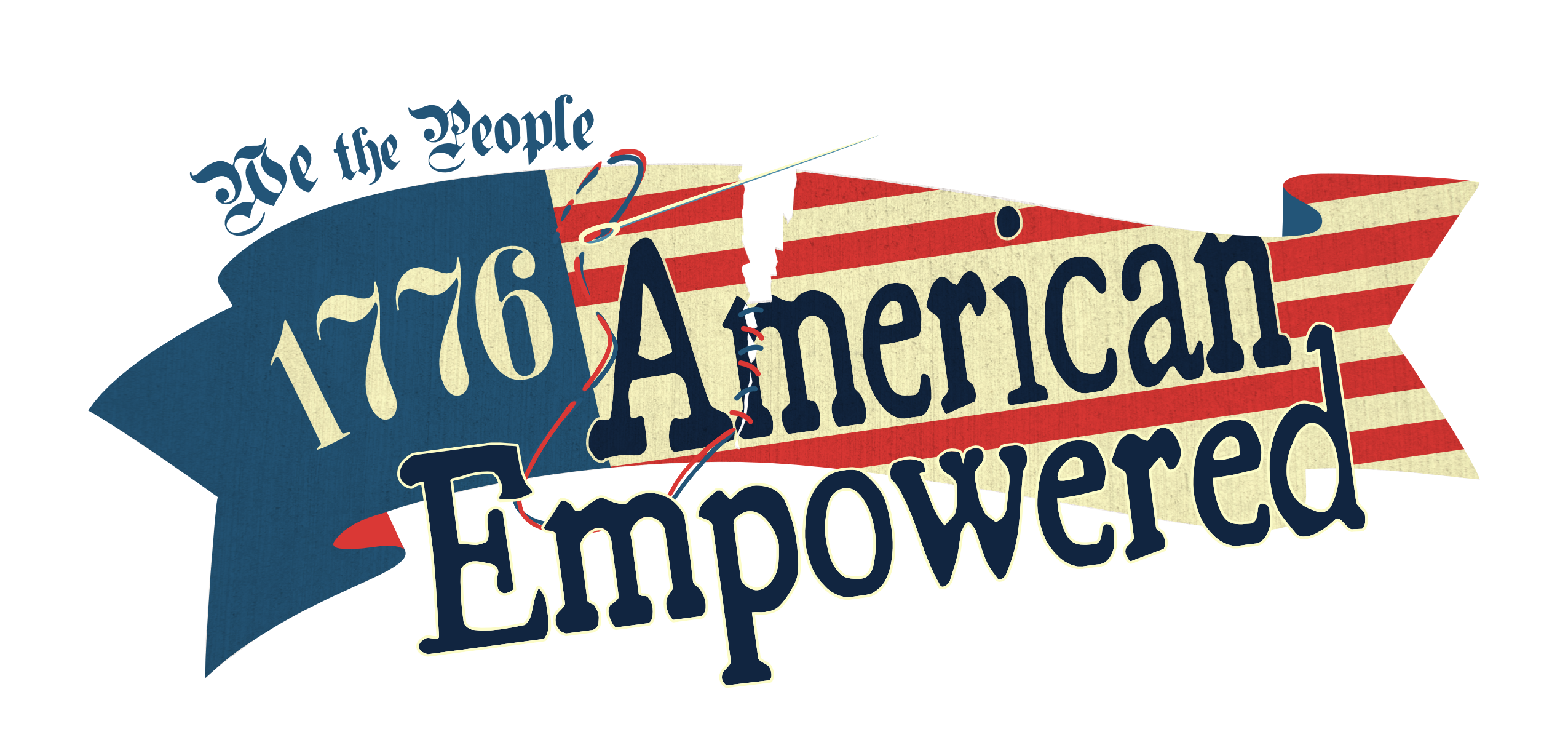What is Fascism?
Fascism is a far-right, authoritarian, ultranationalist type of government that is characterized by a one-party dictatorship. When a country is under the rule of a singular dictatorship, it entails a centralized government led by one person. Fascist regimes often use forcible suppression against any opposition.
The Term Fascism is a derivative of the Latin word fasces, which was a tied bundle of rods surrounding an ax. It was used as a symbol in ancient Rome and it meant the individuals in a society should subvert their will for the good of the state.
bundle of rods surrounding an ax. It was used as a symbol in ancient Rome and it meant the individuals in a society should subvert their will for the good of the state.
Fascism is a type of government that is set up as a one-party dictatorship. It is an extremist right authoritarian, centralized regime led by one person. It is ultra-nationalistic and militaristic and has total contempt for the electoral democracy. Under fascism, national interests supersede all social and individual interests. Freedom of speech and the influence of the people’s voice is not respected in fascist nations, especially in opposition to their leader or country. The two most infamous fascist movement leaders were Nazi German Leader Adolf Hilter and Italian Prime Minister Benito Mussolini.
Two of the most noted sysbols used for Fascism

Flag of the Italian Nationalist Party

Flag of the National Socialist German Workers’ Party
Under this type of leadership, the welfare and wealth of the nation are far more important than that of its citizens. Fascist governments condemn liberalism stating that the individual needs of the populous encourage divisiveness and decadence. Although there have been various versions of fascism, most have common themes.
1. Usurpation. The overthrow of the existing government.
2. Nationalism that supersedes the rights of the individual.
3. Militarism – the Leaders will glorify the might of the military through propaganda.
4. Familial figurehead: The leader will take on the role of the father or mother of the nation, who knows what is best for the subjects.
5. Mass appeal to the general populous at first. The leader will claim that he or she has the answer to all the people’s problems and will correct it. They use minority groups and negators as scapegoats if it does not work out. Punishment was meted out with a very heavy hand.
6. Governmental Surveillance to suppress the opposition. It encourages the citizenry to report on one another using a reward system.
7. Persecution and Punishment are handed out liberally to minorities and any opposition.
What events lead to the rise of Fascism?
Fascism came into being at the beginning of the 1930s. Most fascist governments or groups did not survive after World War II, however, a few are still in existence and are in Lebanon, Poland, and South Africa (until the 1980s). Here is what was needed to cause people to support Fascism.
1. Economic Upheaval. When Fascism came into prominence, the timing was just right. WWI had left many countries gasping for new finances. People were desperate for a better, more secure life after the depression hit. If a charismatic leader came to the forefront offering solutions to all their financial woes, he would be welcomed with open arms.
2. National fears. One of the greatest fear that the people faced during that time period was communism. After the Russian Revolution, people feared that they would share the same fate if the communists took control. Fascism called for great nationalism, strong and devoted leadership, and a very strong military. As a result, people felt they would be safer from the threat of communism.
3. Governmental distrust. When the existing government fails to meet the needs of the people and is seen as being unfaithful and untrustworthy, the people look for new leadership and are willing to give up certain rights to feel safe again.
4. Propaganda. This factor is seldom seen as a factor, but all the most effective fascists used propaganda to strengthen their credibility, ensure control and obedience, and convince people that they were the answer to all the major problems. It also helps them to point out who is to blame for all the negative factors in society. Usually, this was a minority group or the opposition or the drain on the country’s sources by elderly, weak, impaired, and chronically ill.
Economics in a Fascist Society
Because the good of the state supersedes the welfare of the people, the fascist economic model requires all businesses to be under a central planning authority. Furthermore, all must work towards the good of the national interest. Although fascism allows for private ownership, often a cartel would control the business leaders, which ensured all the goals were in alignment with the focus of the leader. Fascism emphasizes the importance of corporations. However, this created an even deeper divide between the leaders and the nation’s people.
Information courtesy of:
- Wikipedia
- World Atlas
- Britannica.com
- World Population Review
- Slate.com
- Balance.com
- National Park Service “Secret Symbol of the Lincoln Memorial” https://www.nps.gov/articles/secret-symbol-of-the-lincoln-memorial.htm


